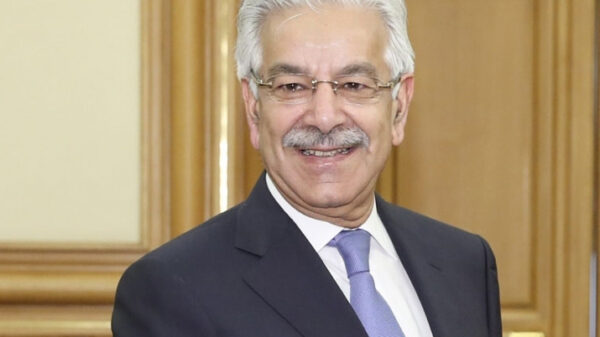On Monday, oil prices experienced a slight increase as traders assessed the impact of conflicts in the Middle East and Ukraine on oil supply amid global economic challenges affecting oil demand.
Brent crude saw a rise of 22 cents, reaching $78.78 per barrel by 1141 GMT. The front-month US West Texas Intermediate crude futures contract for February delivery increased by 31 cents to $73.72 a barrel in subdued trade, with the contract set to expire on Monday. The more active March WTI contract was up 26 cents at $73.51.
Despite ongoing geopolitical tensions in Europe and the Middle East, the crude oil market displayed a cautious sentiment during the morning’s trading, according to IG analyst Tony Sycamore.
Israel’s offensive against Gaza continues without signs of respite, and attacks by Iran-aligned Houthis on commercial vessels in the Red Sea persist despite retaliatory measures from the United States. These events have led to a tightening of European and African crude markets, causing the front-month Brent contract’s premium to the six-month contract to widen significantly since November, a situation known as backwardation, indicating a perception of tighter supply for prompt delivery.
Additionally, Russian energy company Novatek had to suspend some operations at its Baltic Sea fuel export terminal due to a fire, potentially disrupting naphtha flows to Asia. Analysts believe the issue could be resolved within weeks.
IG’s Sycamore suggested that oil fundamentals would continue to pose a challenge for prices, citing higher oil production and a mixed growth outlook in China and Europe. GDP data expected this week is anticipated to reveal a considerable slowdown in the velocity of the US economy.
Investors express a desire to be bullish, but tepid data and a cautious narrative from policymakers are keeping them on the backfoot, according to Tamas Varga of oil broker PVM.
Demand growth forecasts for 2024 by the U.S. Energy Information Administration, the International Energy Agency, and the Organization of the Petroleum Exporting Countries vary between 1.24 million and 2.25 million barrels per day. However, all three organizations expect demand growth to slow in 2025.
On a separate note, production at Libya’s Sharara oilfield resumed on Sunday after protesters ended a sit-in that had halted output since early January, according to the state oil company NOC.










